In the shadowy depths of America’s southern swamps, a ghost roams through folklore and scientific debate. For nearly eighty years, the Ivory-billed Woodpecker has occupied the peculiar space between extinction and hope – a creature so magnificent that it was dubbed the “Lord God Bird” for the exclamation “Lord God, what a bird!” that people instinctively made upon seeing its imposing form. Today, this legendary bird stands at the center of one of the most passionate conservation controversies in American history, with passionate believers convinced it still haunts remote forests while skeptics prepare to write its obituary.
The Magnificent Giant That Inspired Awe
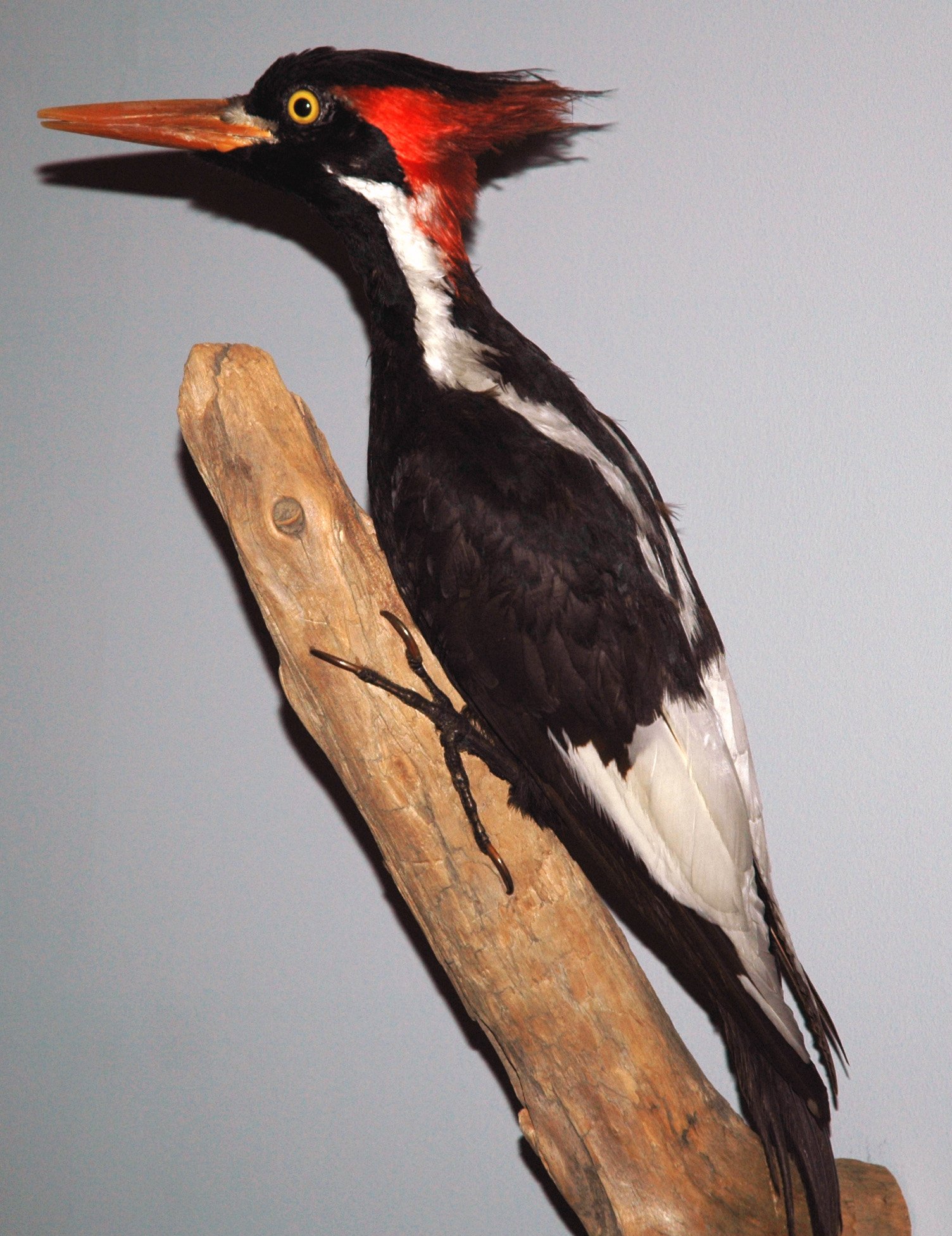
Picture this: at roughly twenty inches in length and thirty inches in wingspan, the ivory-billed woodpecker is one of the largest woodpeckers in the world. When John James Audubon encountered these birds in the 1820s, he was utterly captivated by their power and grace. He wrote of their strength: “I have seen it detach pieces of bark seven or eight inches in length at a single blow of its powerful bill, and by beginning at the top branch of a dead tree, tear off the bark, to an extent of twenty or thirty feet, in the course of a few hours”. The males wore red crests from the nape to the top of their head with black outlining the front, while females sported completely black crests. Their calls were equally distinctive – a brief, nasal “kent” note often compared to the sound of a tin horn or clarinet, accompanied by the characteristic double-knock sound as it hammered away at trees. But perhaps what made them most extraordinary was their sheer presence – these weren’t just large birds, they were living legends that commanded reverence from anyone fortunate enough to witness them.
A Forest Kingdom Lost to Progress

The Ivory-billed Woodpecker wasn’t just any bird living in any forest – it was the undisputed ruler of some of America’s most magnificent wilderness areas. This charismatic species inhabited untouched bottomlands and swamps that once stretched across the southeastern United States, but these fabled hardwood forests were largely destroyed by loggers by the mid-20th century. Think of it like losing an entire kingdom – in their heyday of the 1800s, prior to the removal of 98% of native forest habitat that once covered 24 million acres, ivory-billed woodpeckers were considered “abundant” by Audubon. The essential characteristics of Ivory-billed habitats included very extensive, continuous forest areas, very large trees, and agents of tree mortality that result in a continuing supply of recently dead trees. These birds needed vast territories – Tanner estimated that one pair of Ivory-billed Woodpeckers occupied about 6 square miles of forest. When the forests fell to logging companies’ axes, so did the kingdom of the Lord God Bird.
The Final Stand at Singer Tract

By the 1930s, the species’ last stronghold was the 81,000-acre Singer Tract of Louisiana, the largest piece of old-growth swamp forest left in the South. This place became the setting for both the species’ most thoroughly documented study and its tragic finale. In 1935, Cornell professor Arthur A. Allen organized an expedition to the spot, including James Tanner, a graduate student, and bird artist George M. Sutton. After three days in the swamp, they found an active nest and captured the only universally accepted film footage and sound recordings of living Ivory-billed Woodpeckers. James Tanner’s subsequent Ph.D. study estimated that only 22 to 24 of the birds remained in the United States. Yet despite desperate conservation efforts, the lumber company that owned the Singer Tract refused to sell it, and that virgin forest was logged to the ground. A lone female Ivory-bill hung on for a few years at a roost hole in the area, but was last spotted in 1944 — the final universally accepted sighting.
The 60-Year Silence Begins

After 1944, the Ivory-billed Woodpecker entered what might be called its “ghost phase” – a period where occasional sightings kept hope alive but definitive proof remained frustratingly elusive. Sporadic reports of Ivory-billed Woodpeckers have continued to surface since the 1940s, but no undisputed evidence has confirmed the continued existence of the species. The scientific community largely accepted what seemed inevitable – the species had joined the ranks of America’s extinct birds. The American Birding Association now lists the Ivory-billed Woodpecker as a class 6 species, a category it defines as “definitely or probably extinct”. For six decades, the Lord God Bird existed primarily in memories, museum specimens, and the dreams of hopeful birders who refused to accept its passing. During this long silence, the bird’s legend only grew stronger, transforming from a real species into something approaching mythology.
The Kayaker’s Bombshell Discovery

Everything changed on a quiet February day in 2004 when kayaker Gene Sparling took to the Cache River near Brinkley, Arkansas, and glimpsed a bird thought to be extinct. Sparling wasn’t just some casual weekend paddler – he knew his local birds well enough to recognize something extraordinary when he saw it. His report of a massive woodpecker with distinctive white wing markings sent shockwaves through the birding community. Enter Tim Gallagher, editor of Living Bird magazine, and Bobby Harrison, a seasoned wildlife photographer and professor, who dove headfirst into the thick of the Cache River bottomlands to either confirm or debunk this sighting. What followed was one of the most scrutinized bird searches in history. The stakes couldn’t have been higher – if confirmed, this would be the conservation equivalent of finding a living dinosaur roaming the Arkansas swamps.
The Four Seconds That Divided Science

The evidence that emerged from Arkansas was simultaneously tantalizing and frustrating. The most famous of these possibly valid sightings came from David Luneau, who captured video of a large woodpecker while kayaking down the Bayou De View in eastern Arkansas in April 2004. This grainy, four-second video clip became known as the “Luneau Video” and sparked one of the most heated scientific debates in recent memory. The video has been a source of contention among ornithologists, but it and other reports from northern Florida were enough for the Cornell Lab of Ornithology to launch a sprawling, collaborative search from 2006-2010 across eight southeastern states covering 523,000 acres. The Cornell team analyzed every frame with scientific precision, comparing wing-beat patterns, flight characteristics, and field marks. Yet skeptics remained unconvinced, arguing the blurry footage could easily show a more common Pileated Woodpecker rather than the legendary Ivory-bill.
The Great Schism in Ornithology

The Arkansas claims split the scientific community down the middle like a theological debate. John Fitzpatrick, the former director of Cornell’s Lab of Ornithology who helped organize the search, thinks the Ivory-billed Woodpecker could still exist and disagrees with the plans to declare the bird extinct. On the other side, other experts, including David Sibley, never found the Luneau video convincing, and Jerome Jackson, an ornithologist who specializes in studying the Ivory-billed Woodpecker, co-authored a paper that disputed the validity of the Luneau sighting, stating “I don’t think the Luneau video was an Ivory-billed at all, I think it was a Pileated Woodpecker”. This wasn’t just an academic disagreement – it was a passionate clash between believers and skeptics, each side convinced they held the truth about America’s most enigmatic bird. The debate became so intense that it damaged professional relationships and created lasting divisions in the ornithological community.
The Louisiana Evidence Emerges
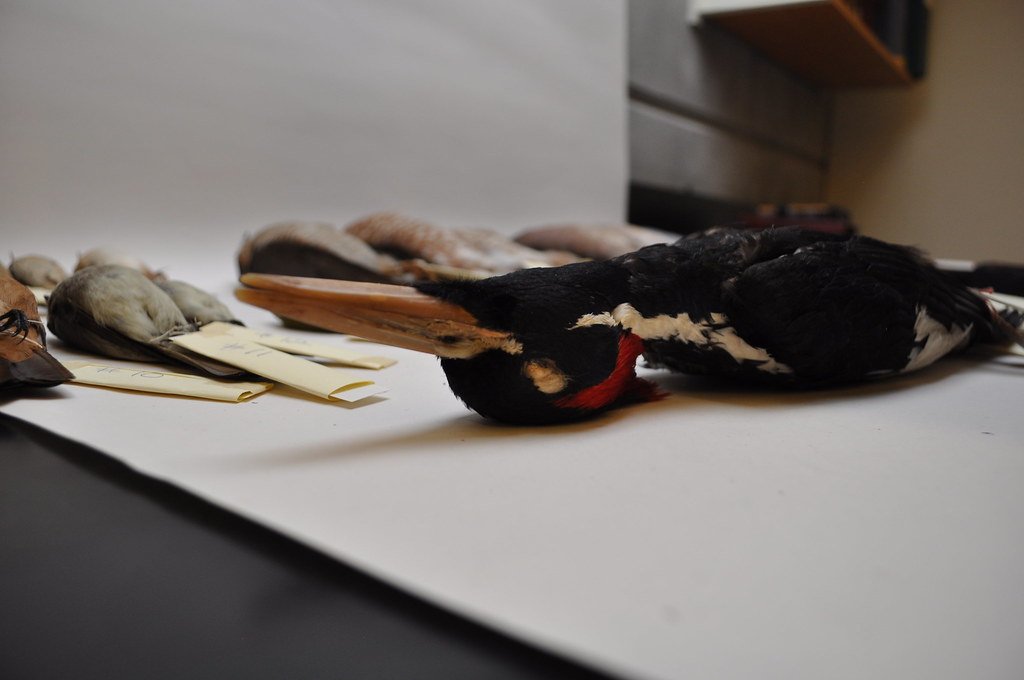
Just when the Arkansas controversy was cooling down, new claims emerged from Louisiana’s remote bottomlands. A research team from the National Aviary and Project Principalis went on a years-long search for the woodpecker and, using trail cameras and drone videos, accumulated evidence that at least three ivory-billed woodpeckers are living in the bottomland forests of their Louisiana study site. Director of conservation at the National Aviary Steven C. Latta, who led the search, observed an ivory-billed woodpecker fly, saying “It flew up at an angle and I watched it for about six to eight seconds, which was fairly long for an ivory-billed woodpecker”. The latest study presents various sighting reports, audio recordings, camera images and drone video collected over the last decade from a Louisiana forest, and while none of the data is conclusive, the authors believe that taken together, they suggest the species may remain, writing “Our findings suggest that not all is lost for the Ivory-billed Woodpecker, and that it is clearly premature for the species to be declared extinct”.
The Skeptics Strike Back
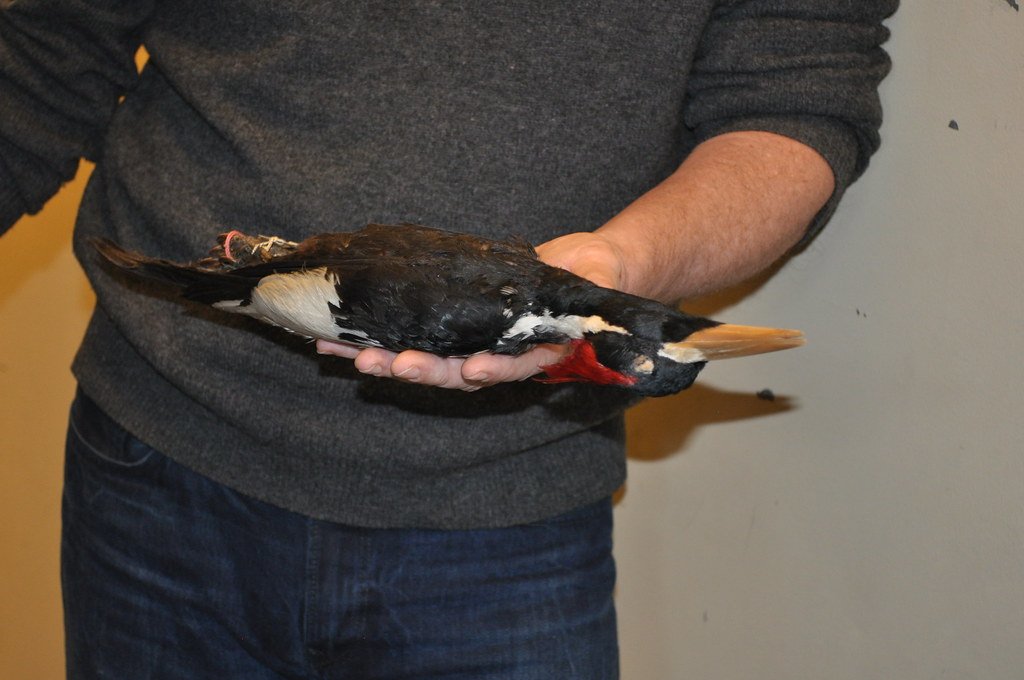
For every piece of “evidence” presented, skeptics have mounted equally compelling counterarguments. Skeptics remain doubtful, with University of Connecticut professor Chris Elphick telling the New York Times “I don’t think this changes very much, frankly. I would love to be wrong”. The fundamental problem, according to critics, is that after decades of searching with modern technology, no one has produced the kind of clear, unambiguous photograph or video that should be possible if a breeding population exists. As one expert noted, “people have spent hundreds of thousands of hours trying to find and photograph ivory-billed woodpeckers. If there’s really a population out there, it’s inconceivable to me that no one could get a good picture”. The skeptics argue that the combination of wishful thinking, misidentification of Pileated Woodpeckers, and the powerful desire to be part of a historic rediscovery has created a modern myth where hope has replaced hard evidence.
The Government’s Official Verdict
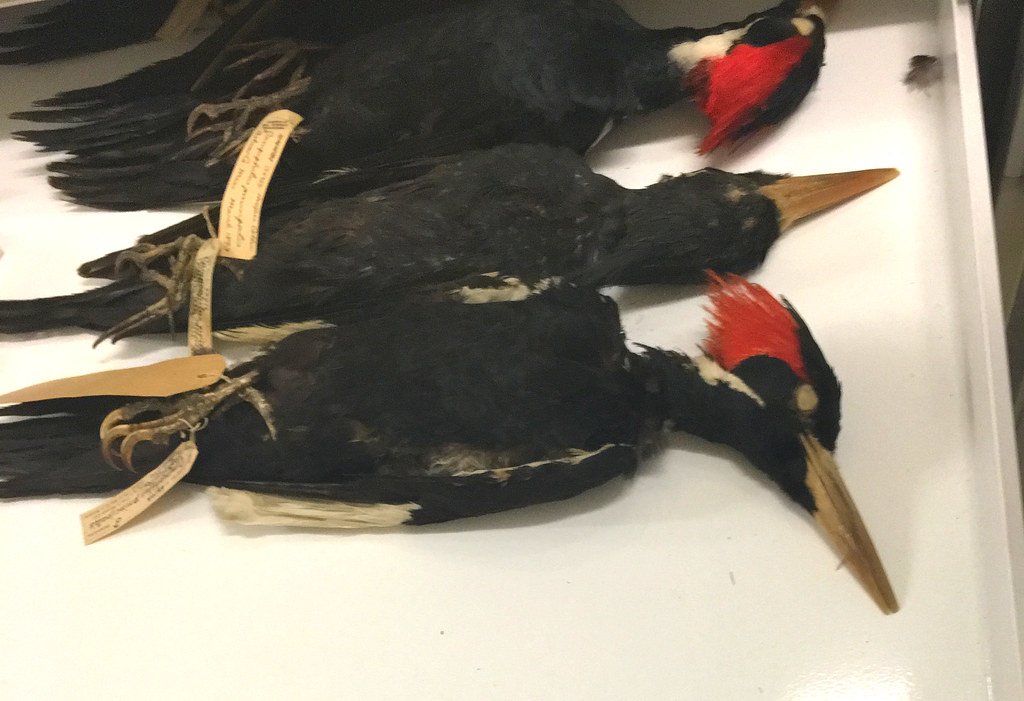
After decades of debate, the U.S. Fish and Wildlife Service attempted to settle the matter once and for all. The U.S. Fish and Wildlife Service proposed in 2021 to officially declare the species extinct, but in October 2023, the decision was delayed once more due to lingering uncertainty about the bird’s status. After a comment period and a public hearing, an FWS spokesperson acknowledged substantial disagreement among experts regarding the status of the species, with the National Audubon Society asking the Service to reconsider, saying that while it takes no position on the validity of recent sightings, it believes a precautionary approach will help build public trust. In October 2023, USFWS said in a news release that it would continue to analyze and review information before making any final decision. The government’s hesitation reflects the extraordinary passion this bird generates – declaring extinction isn’t just a bureaucratic decision, it’s an acknowledgment that we’ve failed to save one of America’s most magnificent creatures.
The Doppelganger Dilemma
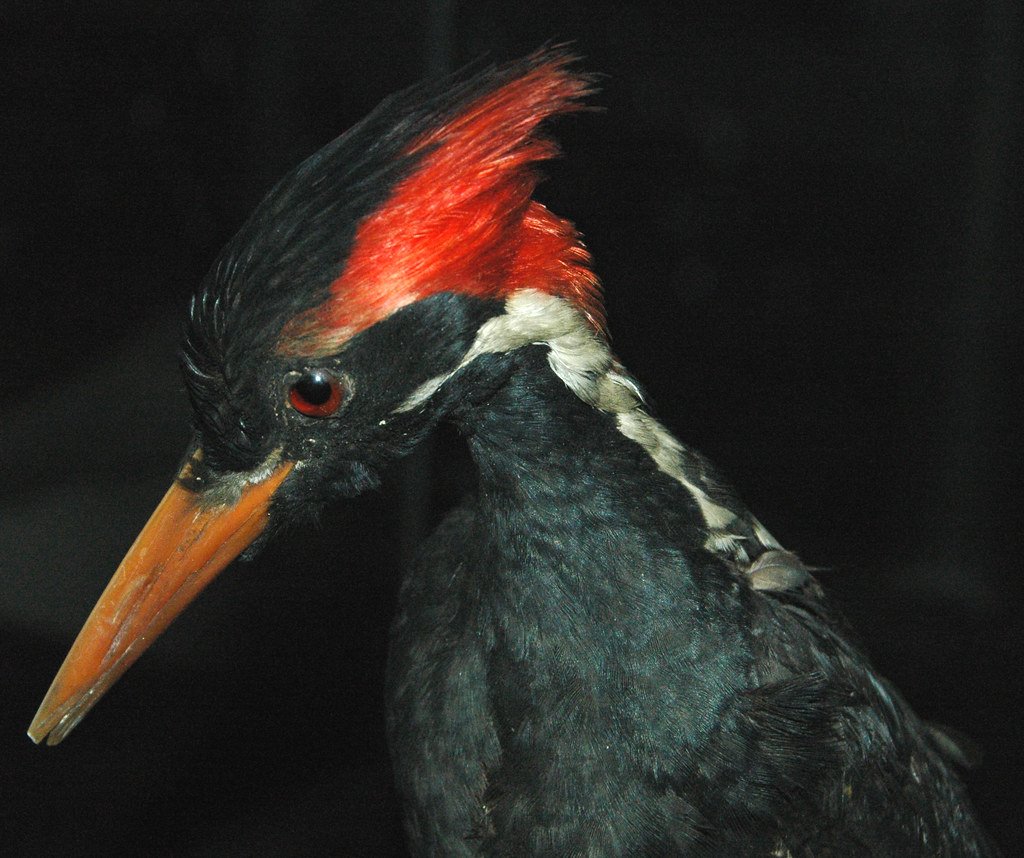
One of the biggest challenges in confirming Ivory-billed Woodpecker sightings is the existence of its smaller cousin, the Pileated Woodpecker. The search was complicated by the presence of the common, look-alike pileated woodpecker, nearly as large as an ivorybill and easily confused with it. The pileated woodpecker is easily confused with the ivory-billed woodpecker, though pileated woodpeckers have smaller, darker bills and a white throat. This creates what scientists call the “doppelganger problem” – how do you prove you’ve seen the rarest bird in America when a common bird looks remarkably similar? The key differences are subtle but crucial: the Ivory-bill’s larger size, different wing markings, and distinctive flight pattern. But in the split second of a sighting in dense forest, even experienced birders can make mistakes. This confusion has led to countless false alarms and has made legitimate researchers extremely cautious about making claims.
The Cultural Icon Phenomenon

The Ivory-billed Woodpecker has transcended its biological identity to become something far more powerful – a cultural symbol of loss, hope, and America’s complex relationship with nature. By the 21st century, the ivory-billed woodpecker had achieved a near-mythic status among birdwatchers, with many regarding it as a prestigious entry on their life lists, and its rare and elusive status has inspired rewards for proof of persistence, with Cornell University offering a reward of $50,000 to anyone who could lead scientists to an active roost or nest. The bird has inspired songs, documentaries, books, and countless hours of passionate debate in online forums. Based on interviews with residents of Brinkley, Arkansas, Sufjan Stevens wrote a song entitled “The Lord God Bird”. Like Elvis sightings or Bigfoot encounters, Ivory-billed Woodpecker claims have become part of American folklore, representing our deep desire to believe that some wildness still exists beyond our control and understanding.
The Native American Connection

Long before European settlers arrived, Indigenous peoples recognized the special nature of these magnificent birds. Native Americans used its ivory-colored bill as ornamentation, and bills were traded in many parts of North America. These bills were once decorative objects prized by some Native Americans and have been found in archaeological digs far from the bird’s ancient range, suggesting they had value as trade items. This historical connection reveals that the Ivory-billed Woodpecker’s cultural significance extends far deeper than modern conservation efforts. For centuries, these birds were woven into the spiritual and economic fabric of Indigenous communities across the Southeast. The fact that their bills were traded across vast distances suggests they were considered objects of special power or beauty. This ancient reverence adds another layer to the contemporary grief over their apparent loss – we’re not just mourning a species, but the breaking of cultural connections that stretch back thousands of years.
The Technology Revolution in Bird Hunting
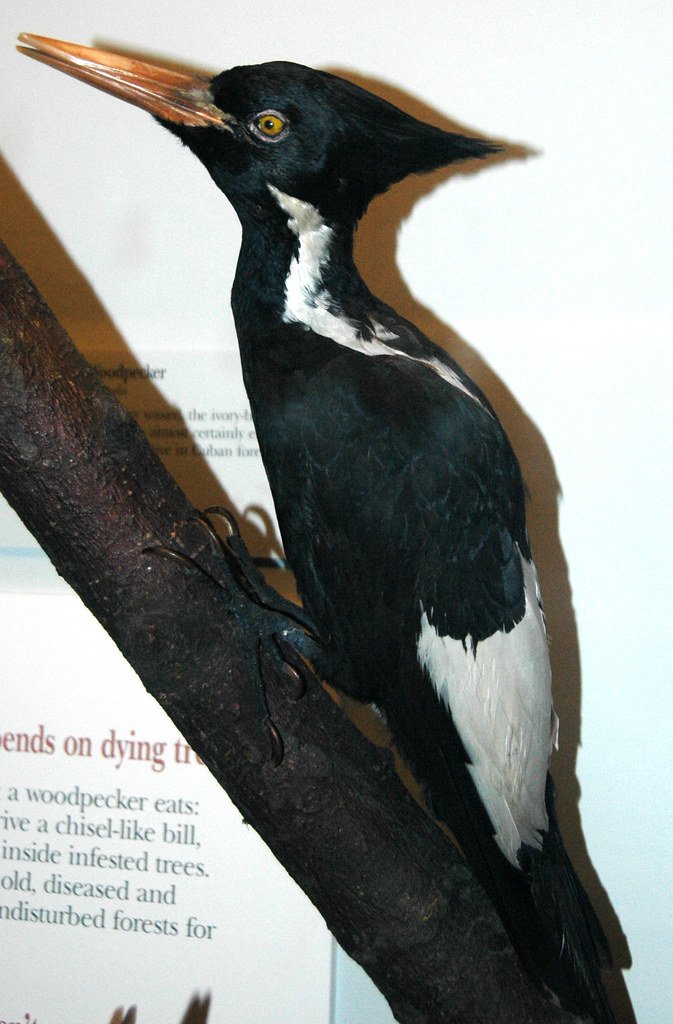
Modern searches for the Ivory-billed Woodpecker represent a fascinating intersection of cutting-edge technology and age-old naturalist skills. Research teams have used trail cameras and drone videos to accumulate evidence, while acoustic scientist and amateur birder Michael Collins recorded sounds resembling ivorybill knocks and calls in Louisiana from 2006 to 2008 and captured several blurry video recordings of what he believes are ivory-billed woodpeckers. Remote cameras, acoustic monitoring systems, drones, and sophisticated video analysis have all been deployed in the search. Yet paradoxically, all this technology has failed to produce the one thing that would settle the debate – a clear, unambiguous photograph of a living Ivory-billed Woodpecker. The bird, if it exists, seems to remain one step ahead of our best efforts to document it. This technological cat-and-mouse game has only added to the bird’s mythical status, as if the Lord God Bird possesses some supernatural ability to evade detection.
The Genetic Resurrection Project
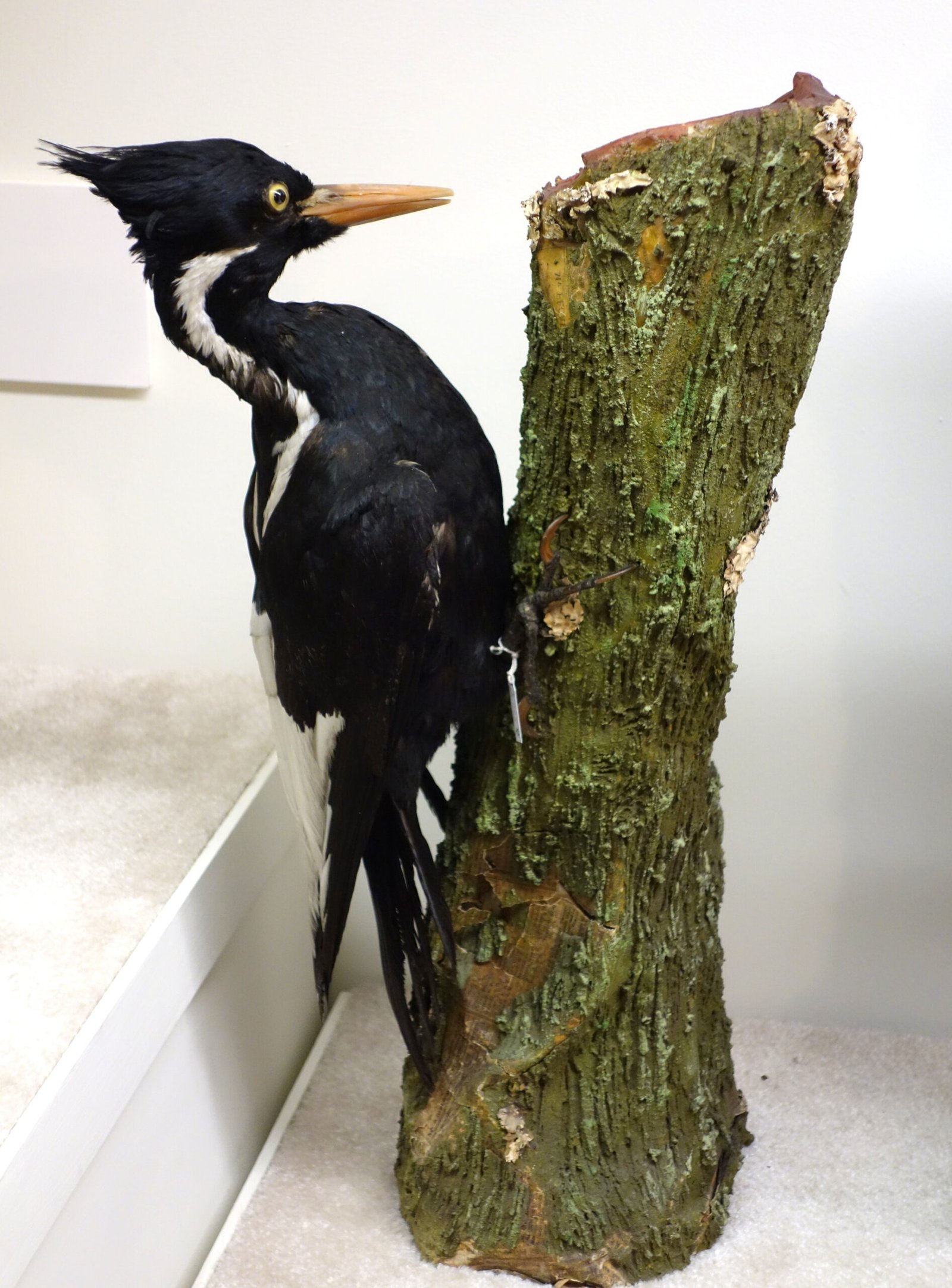
In a development that sounds like science fiction, the U.S. biotechnology company Colossal Biosciences announced its plan to revive the ivory-billed woodpecker by 2025 using genetic engineering. Colossal Biosciences plans to use the process of de-extinction to bring the ivory-billed woodpecker back, with the research being one of the flagship projects of The Colossal Foundation. Most of the current technology is based on cloning methods, but researchers plan on sequencing the genome before sequencing the DNA of all the closest-living relatives to the ivory-billed woodpecker. This represents a completely new chapter in the Ivory-bill’s story – the possibility that even if the species is extinct, it might be brought back through advanced biotechnology. The irony is profound: we may be able to resurrect a species through genetic engineering, but we still can



